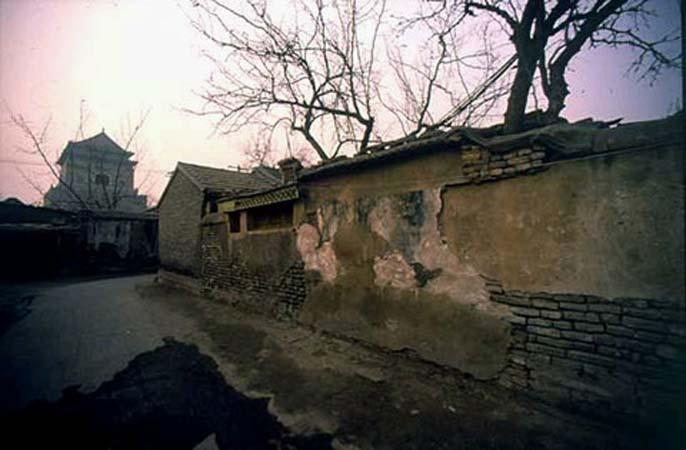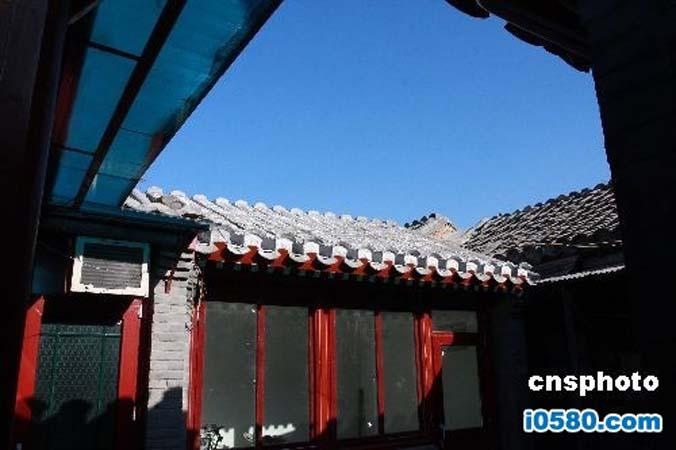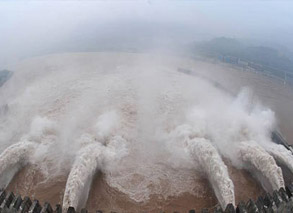Caochang Hutong: remains of former gathering places
2010-03-02 17:12 BJT
Though only 10 minutes from the Qianmen main drag, a small portion of Caochang Hutong has been spared the bland renovations of the ancient shopping street, if not for much longer.
 |
| Caochang Hutong: remains of former gathering places(File photo) |
Head east away from the tourist hordes to find what remains of Caochang, where the lanes, numbering one to 10 from west to east, atypically curve from the north to south in a pattern dissimilar to the rest of the city's linear hutong. It is said that they were built alongside the old San Li River, and that the dried riverbed remains under Hutong No. 9.
Caochang originally served as a feed storage area during the Ming Dynasty. Lu, a 70-year-old resident of the hutong for 40 years, confirmed this bit of lore. "Grasses from elsewhere were brought down here to Caochang to be used for fodder for the palace's sheep," he said, "which is why the hutong are numbered like storehouses."
During the Qing dynasty, due to a fear of internal rebellion, the city was divided: only the Manchu were allowed to live in the northern section of the city, while residents of the Han ethnicity were forced to move outside of the city walls and inhabit the southern area around Qianmen until the late governing period of the emperor Qian Long.
 |
| Caochang Hutong: remains of former gathering places(File photo) |
Caochang therefore existed as a busy area with Han residents from throughout the country, resulting in the establishment of about 27 guild houses according to Jing Shi Fang Xiang Zhi (a dictionary of the majority of Beijing's known hutong), though few of these remain post-1950s.
Other Hutongs to Visit:
 |
The quiet Dajinsi Hutong is a few minutes' walk from the stylish bars at Houhai Lake in central Beijing. The elegant screen wall, delicate brick carvings and lush trees tempt travelers to reach for the bell. Full story >>
 |
Nowadays, the best way to see the Hutong is to take a bicycle or pedicab tour in the Houhai area. These tours are often advertised in hotels and tourist magazines. Full story >>
 |
It is an ancient lane with a history of almost 800 years, is of the characteristic of having 16 symmetrical traditional Chinese Hutong (alleyways) and many other cultural relics and historic sites. The lane attracts many visitors from home and abroad during the 2008 Olympic Games. Full story >>

 Mail
Mail Share
Share Print
Print


 Video
Video









 2009 China Central Television. All Rights Reserved
2009 China Central Television. All Rights Reserved